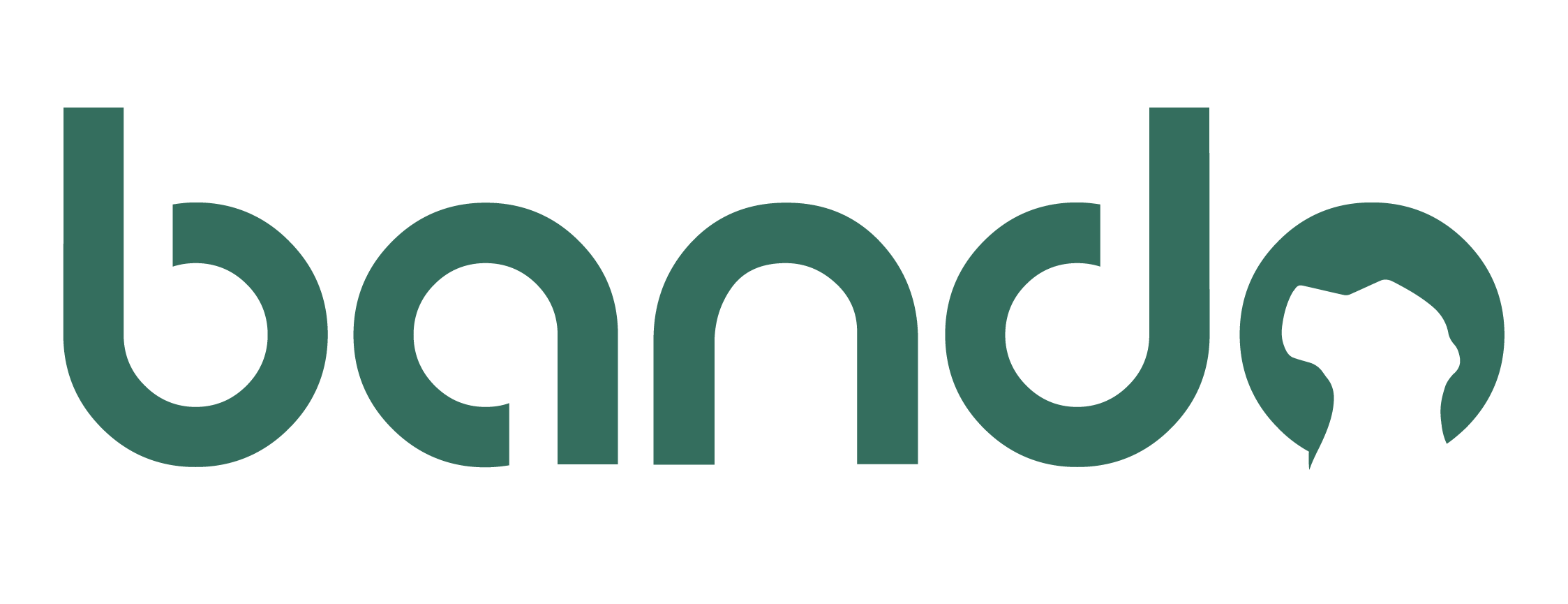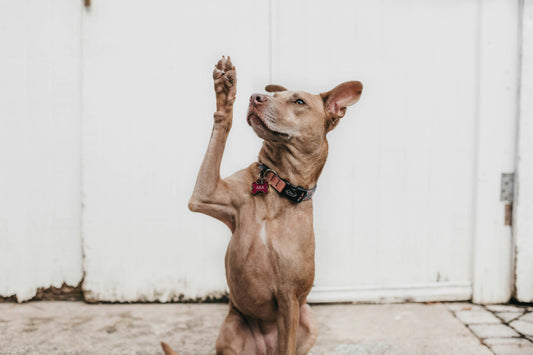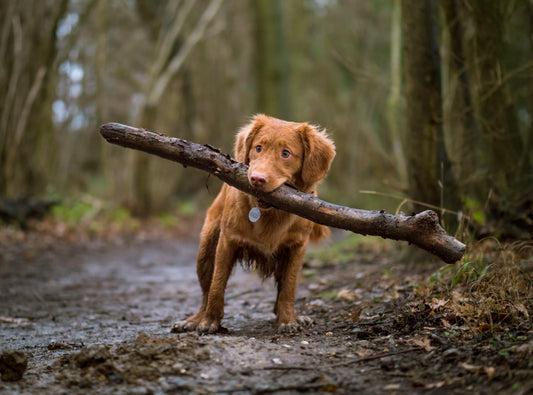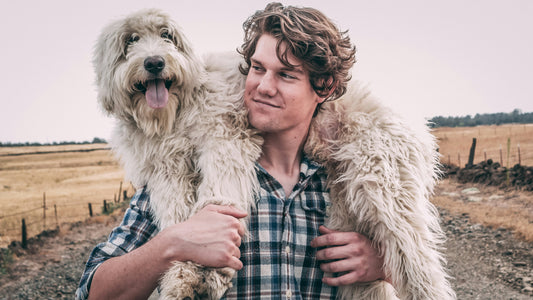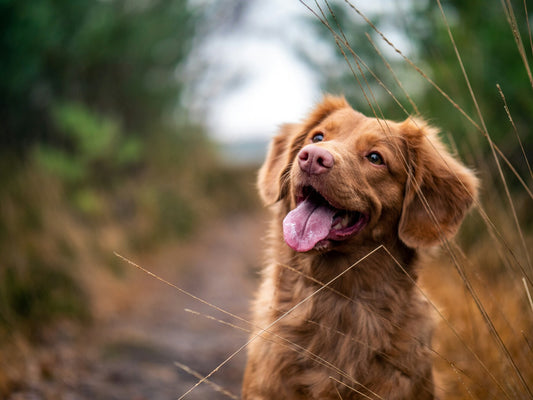When Does a Dog Shed Its Winter Coat?
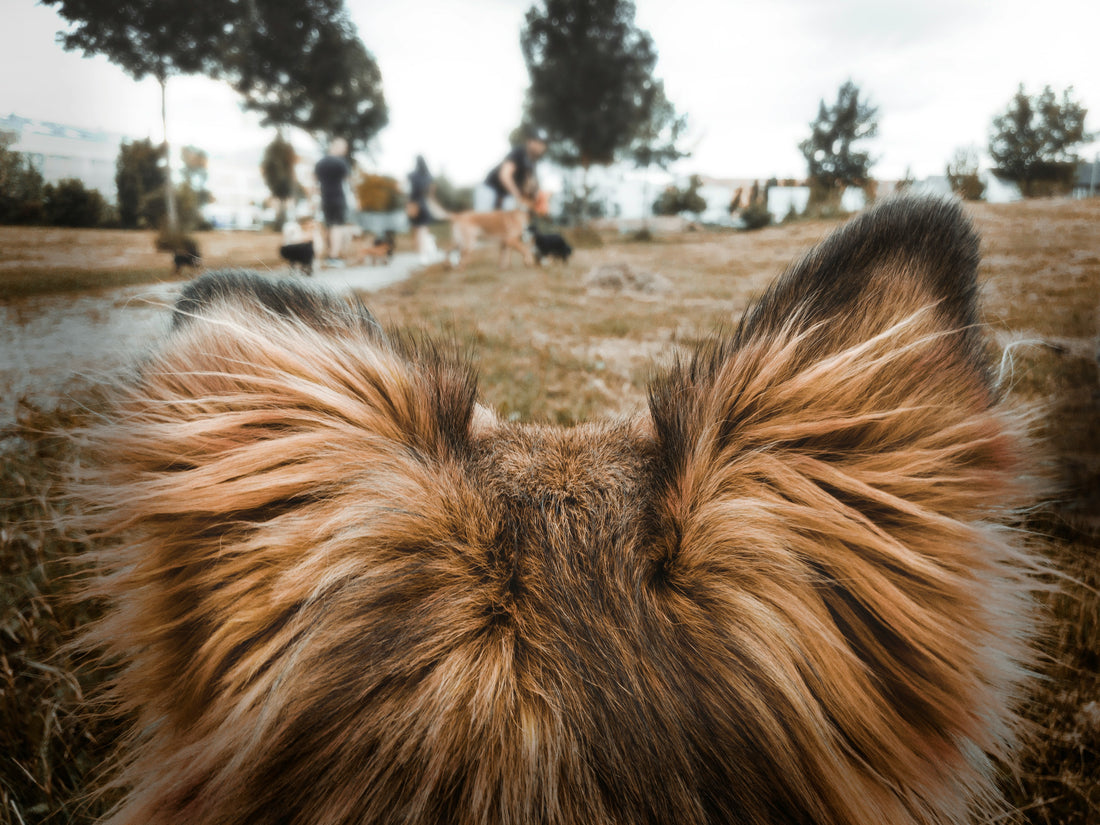
As the seasons change, so does your dog’s coat. The transition from a thick winter coat to a lighter summer coat is a natural process for dogs, but it often leaves pet owners grappling with increased shedding. Understanding this cycle is key to managing the furry tumbleweeds that start appearing around your home.
In this article, we’ll delve into the intricacies of your dog’s shedding cycle. From the factors that influence shedding to effective management strategies, we’re here to help you navigate this phase.
The Shedding Cycle in Dogs
Understanding the Shedding Process
The shedding process in dogs is part of their natural hair growth cycle, which is influenced by daylight and temperature changes. This cycle consists of the growth, rest, and shedding phases. During the growth phase, new hair is produced; in the rest phase, hair growth stops but the hair doesn’t shed; and finally, in the shedding phase, old hair falls out to make room for new growth.
Factors like breed, health, and environment play a significant role in this process. For instance, double coated dogs, such as Huskies and German Shepherds, typically experience more pronounced seasonal shedding compared to single-coated breeds. Health issues and poor nutrition can also lead to excessive shedding, making it important to monitor your dog’s fur condition.
Seasonal Changes and Shedding Patterns
Seasonal shedding, particularly from winter to spring, is triggered by increasing daylight and rising temperatures. This is when dogs shed their thick winter coats in preparation for the warmer months. The typical timeline for shedding the winter coat can vary but usually starts in early spring and can last several weeks.
During this time, you might notice an increase in the amount of fur your dog sheds. This is a normal response to seasonal changes and is more pronounced in double-coated breeds. Understanding this pattern can help you prepare for the dog shedding season and take appropriate care of your furry friend’s coat.
Why Some Dogs Shed More Than Others
Breed-Specific Shedding
The amount and frequency of shedding in dogs can vary greatly depending on their breed. Some breeds are known for their heavy shedding, especially those with double coats like Siberian Huskies, Golden Retrievers, and German Shepherds. These breeds typically undergo significant seasonal shedding, losing their dense winter coats in large quantities.
On the other hand, light-shedding breeds such as Poodles, Maltese, and Yorkshire Terriers have different coat types that don’t undergo the same extensive seasonal shedding. Their hair growth cycle is slower, resulting in less frequent shedding. It’s important to understand your dog’s breed-specific shedding pattern to manage it effectively.
Health and Nutrition Factors
A dog’s overall health and diet play a crucial role in their shedding process. Poor nutrition, stress, and underlying health issues can lead to excessive shedding or abnormal hair loss. A balanced diet rich in essential fatty acids and nutrients is vital for maintaining a healthy coat and minimizing excess shedding.
Signs of abnormal shedding include bald patches, thinning fur, or shedding that occurs outside of the usual seasonal pattern. If you notice any of these signs, it’s important to consult a veterinarian to rule out any health issues that might be causing the excessive shedding.
Managing Your Dog’s Shedding
Grooming Techniques
Regular grooming is essential for managing your dog’s shedding. Brushing your dog regularly helps remove loose fur, distribute natural oils, and keep their coat healthy. The frequency and tools required for grooming vary depending on your dog’s coat type. For heavy shedders, daily brushing during peak shedding seasons might be necessary, using tools like de-shedding brushes or rakes.
For breeds with longer hair or single coats, grooming might involve regular haircuts or different types of brushes to prevent matting. Regardless of the breed, establishing a consistent grooming routine is key to managing shedding and maintaining your dog’s coat health.
Dietary Considerations
Diet plays a significant role in the health of your dog’s coat. Feeding your dog high-quality food that’s rich in essential nutrients, particularly omega-3 and omega-6 fatty acids, can promote healthier skin and fur. Supplements like fish oil can also be beneficial for improving coat quality and reducing shedding.
It’s important to choose a diet that’s appropriate for your dog’s age, breed, and health status. Consulting with a veterinarian can help you select the best food and supplements to support your dog’s coat health and reduce excessive shedding.
Bando’s Skin & Coat Soft Chew Supplements
For dogs experiencing excessive shedding, Bando’s Skin & Coat Soft Chew Supplements can be a beneficial addition to their diet. These supplements are formulated to support skin and coat health, containing ingredients like omega fatty acids, vitamins, and minerals that are essential for maintaining a healthy, shiny coat and reducing excess shedding.
Before introducing any supplements, it’s important to consult with your veterinarian. They can advise on the suitability of these supplements for your dog, considering any specific health needs or dietary restrictions. Regular use of such supplements, in conjunction with a balanced diet, can significantly improve the condition of your dog’s fur and reduce the impact of seasonal shedding.
When Shedding May Indicate a Problem
While shedding is a normal process for dogs, certain signs may indicate underlying health issues. Abnormal shedding can manifest as patchy hair loss, bald spots, or shedding that is unusually heavy for your dog’s breed and the time of year. Skin irritation, redness, or changes in the texture or color of the coat are also signs that something may be amiss.
These symptoms can be indicative of various health problems, including allergies, hormonal imbalances, skin infections, or nutritional deficiencies. If you notice any unusual shedding patterns or changes in your dog’s coat, it’s important to consult a veterinarian. They can diagnose the underlying cause and recommend appropriate treatment to address the issue.
Schedule a Consultation with our Team for Expert Advice
If you’re concerned about your dog’s shedding or unsure how to manage it effectively, our team is here to help. Scheduling a consultation with us will provide you with expert advice tailored to your dog’s specific needs. We can offer guidance on grooming techniques, dietary recommendations, and overall care to ensure your dog’s coat remains healthy and beautiful all year round.
